wildlife pond
c2g
11 years ago
Related Stories

GARDENING GUIDESGreat Design Plant: Silphium Perfoliatum Pleases Wildlife
Cup plant provides structure, cover, food and water to help attract and sustain wildlife in the eastern North American garden
Full Story
GARDENING AND LANDSCAPINGBe a Citizen Scientist to Help Wildlife, Learn and Have Fun Too
Track butterflies, study birds, capture stars ... when you aid monitoring efforts, you’re lending Mother Nature a hand
Full Story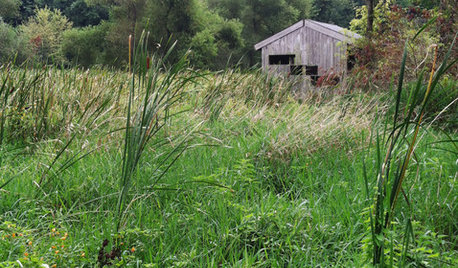
WINDOWSOpen a View to Your Backyard's Wildlife
Enjoy an eyeful of birds, deer, chipmunks and other creatures with natural outdoor habitats that include a hidden vantage point
Full Story
GARDENING GUIDES6 Plants That Beat Butterfly Bush for the Wildlife Draw
It's invasive, a nonnative and a poor insect magnet. Check out these better alternatives to butterfly bush in the garden
Full Story
GARDENING AND LANDSCAPINGHow to Make a Pond
You can make an outdoor fish paradise of your own, for less than you might think. But you'll need this expert design wisdom
Full Story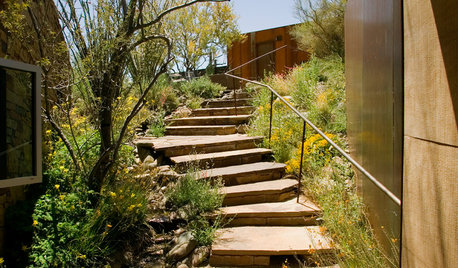
ARCHITECTUREHouzz Tour: A Pond House in the Arizona Desert
With water in the back and a descent to get in, this skillfully designed modern home keeps its cool in the Southwestern sun
Full Story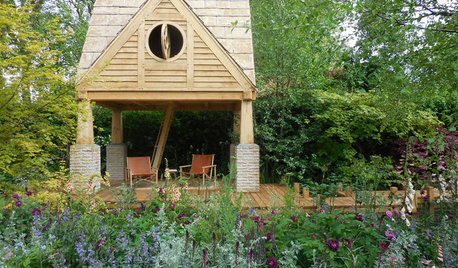
GARDENING GUIDESEnglish Country Garden With Its Own Writer’s Cabin
Tour this lush and magical Chelsea Flower Show garden with a 2-story wooden cabin and tranquil natural swimming pond
Full Story
LANDSCAPE DESIGNKoi Find Friendly Shores in Any Garden Style
A pond full of colorful koi can be a delightful addition to just about any landscape or garden
Full Story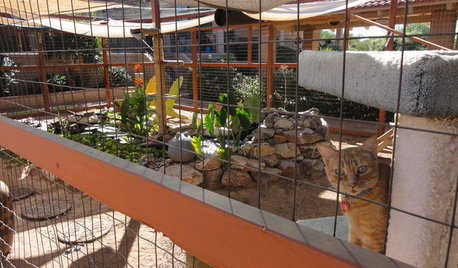
PETSSee a Deluxe 'Catio' Built for Feline Fun
Sixteen lucky cats get the run of a protected outdoor patio with ramps, steps and even a koi pond
Full Story
FALL GARDENINGHouzz Call: Show Us Your Fall Color!
Post pictures of your fall landscape — plants, leaves, wildlife — in the Comments section. Your photo could appear in an upcoming article
Full StorySponsored
Central Ohio's Trusted Home Remodeler Specializing in Kitchens & Baths
More Discussions






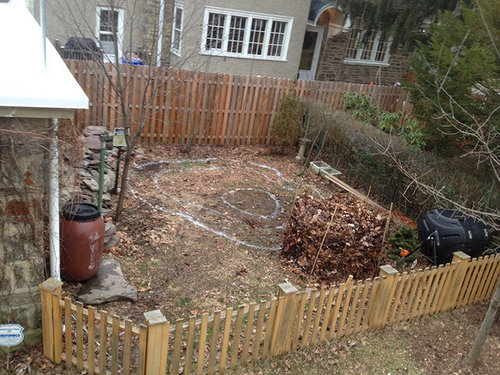

steiconi
greenthumbzdude
Related Professionals
Arlington Landscape Architects & Landscape Designers · Fitchburg Landscape Architects & Landscape Designers · Milwaukee Landscape Architects & Landscape Designers · Rossville Landscape Architects & Landscape Designers · White Oak Landscape Architects & Landscape Designers · Brunswick Landscape Contractors · East Haven Landscape Contractors · Lady Lake Landscape Contractors · Middletown Landscape Contractors · Shirley Landscape Contractors · View Park-Windsor Hills Landscape Contractors · Wanaque Landscape Contractors · Northlake Landscape Contractors · East Norriton Landscape Contractors · Raytown Landscape Contractorscliff_and_joann
cliff_and_joann
cliff_and_joann
Mike56
c2gOriginal Author
greenthumbzdude
c2gOriginal Author
greenthumbzdude
greenthumbzdude
c2gOriginal Author
greenthumbzdude
c2gOriginal Author
greenthumbzdude
amanda_m
c2gOriginal Author
jacksonbird03
sleeplessinftwayne
tropicbreezent
c2gOriginal Author
sleeplessinftwayne
c2gOriginal Author
sleeplessinftwayne
sleeplessinftwayne
hardin
sleeplessinftwayne
c2gOriginal Author
sleeplessinftwayne
hardin
sdavis